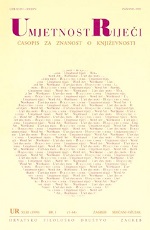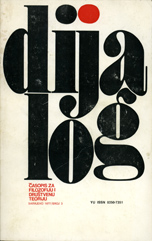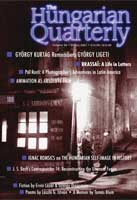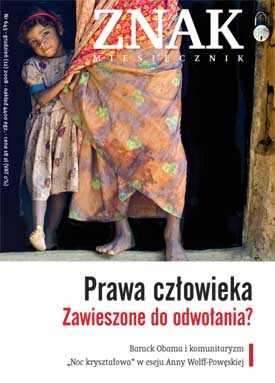
Dva prijeloma stoljeća. Čarobna frula i Kavalir s ružom
Es werden parallel zwei Opern analysiert, beide dem Wiener Kulturmilieu entstammend, Mozarts Zauberflöte und Hofmannsthal-Straussens Rosenkavalier, beziehungsweise ihre musikalischen Strukturen, die als »gedankliche Synthesen« zweier Jahrhunderte interpretiert werden. Während Mozarts Oper wegen der Offenheit ihrer Synthese als eine besondere »musikalische Enzyklopädie des 18. Jahrhunderts « verstanden wird, liest sich Der Rosenkavalier als eine musikalische Parodie beziehungsweise Persiflage auf das vorangehende Jahrhundert.
More...


